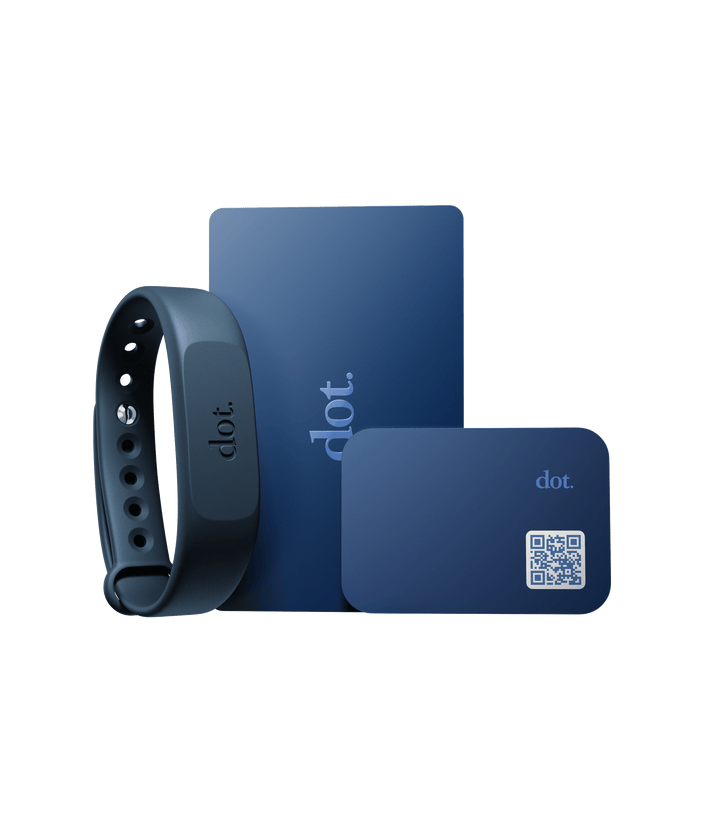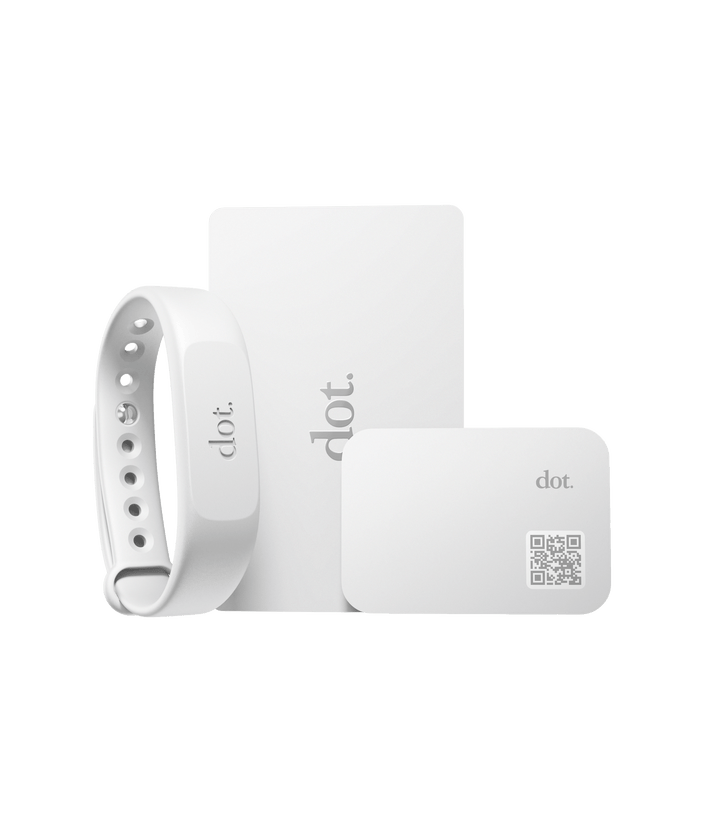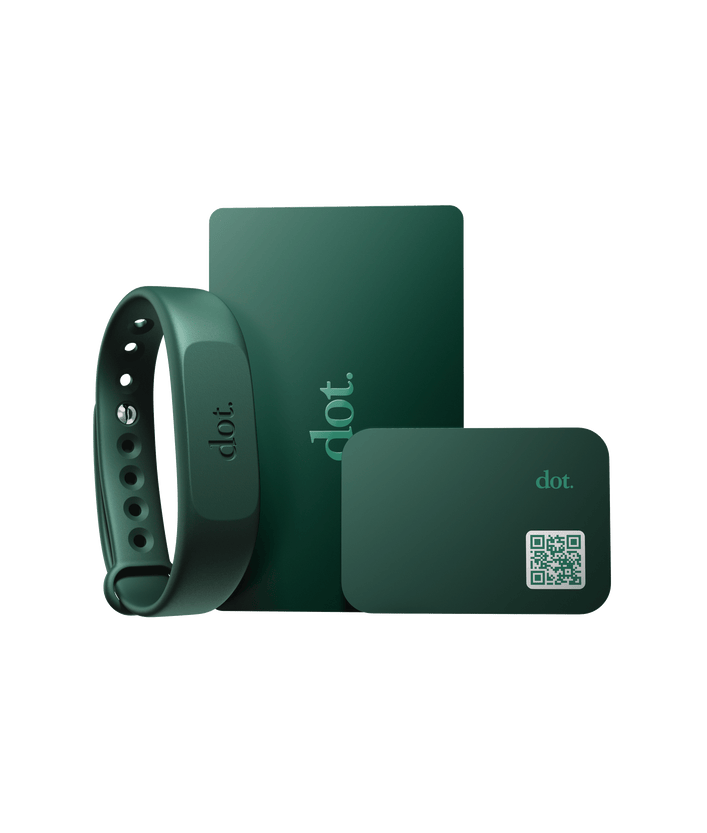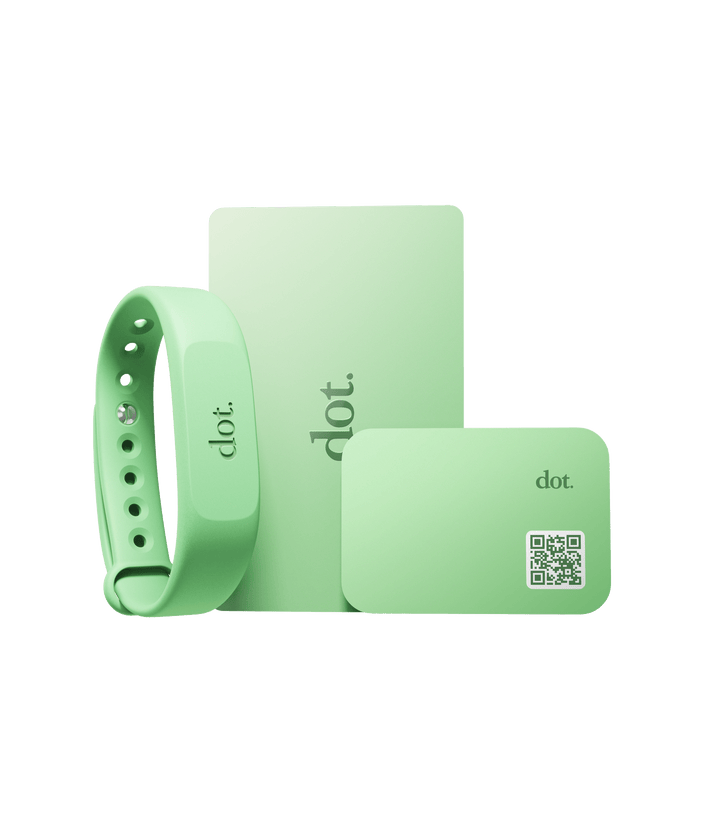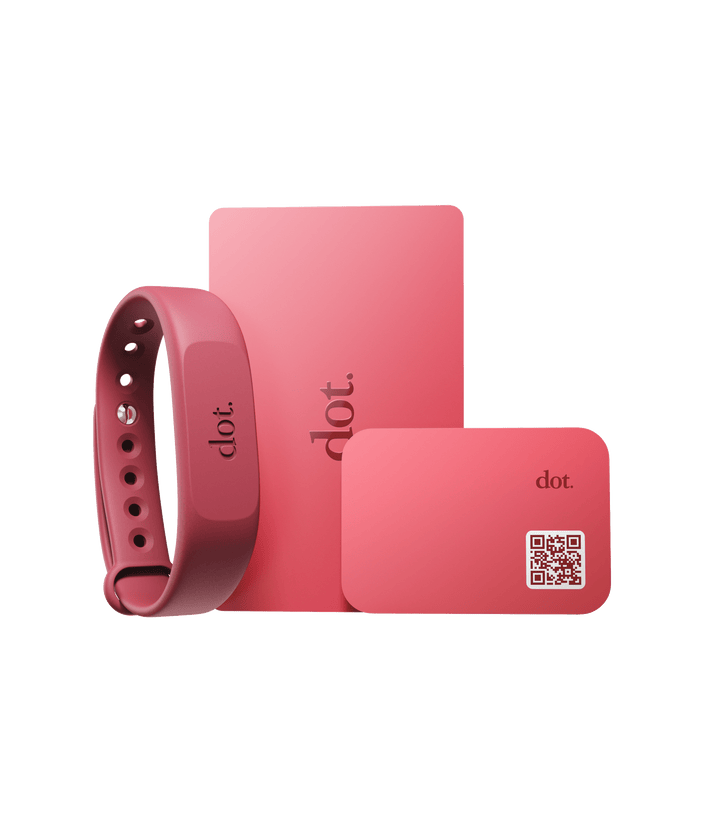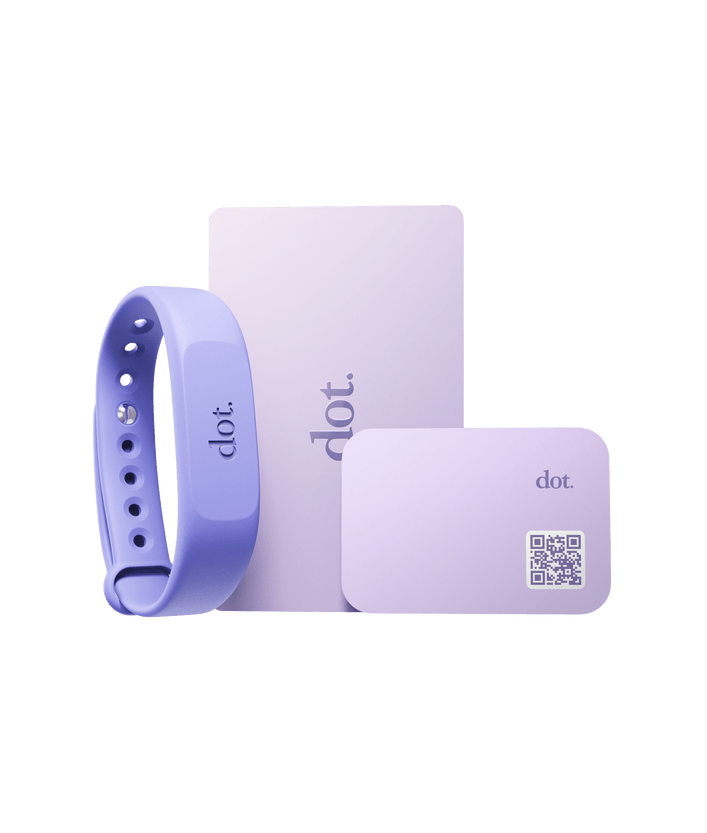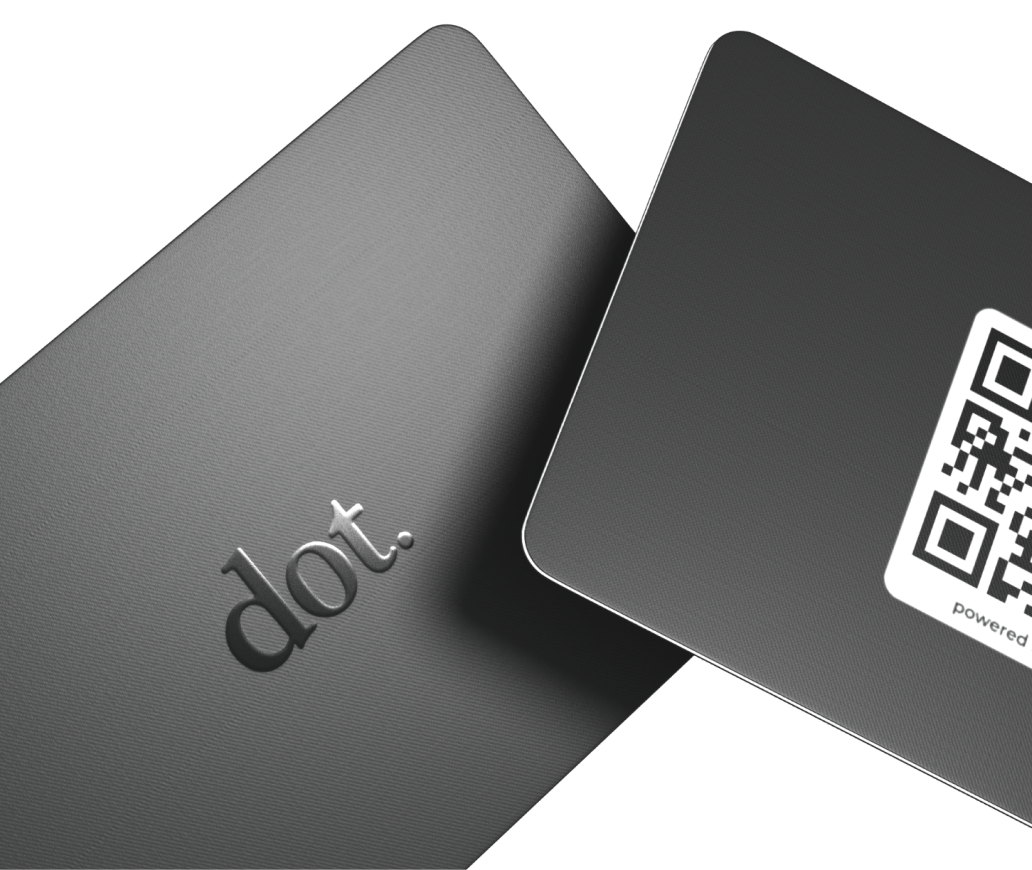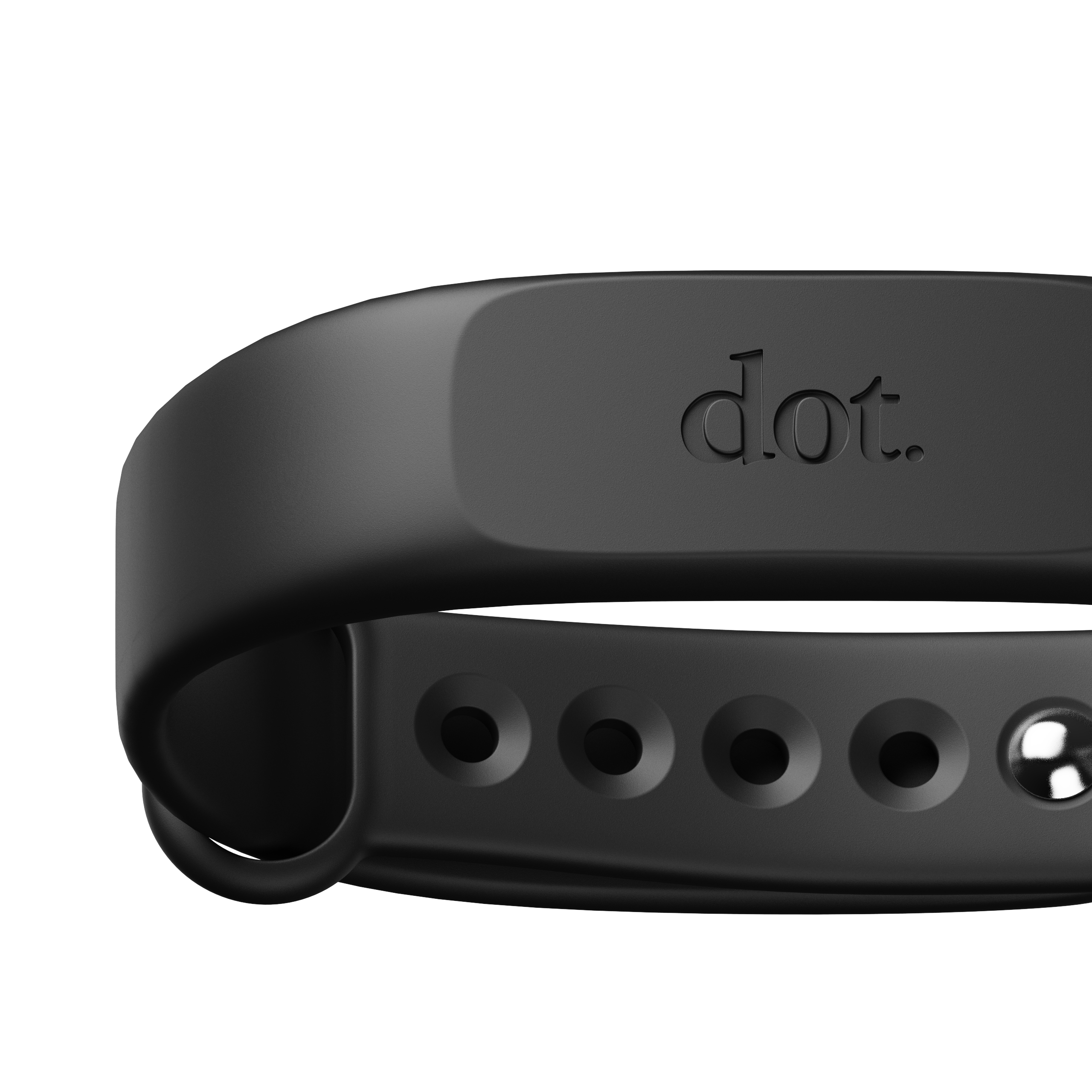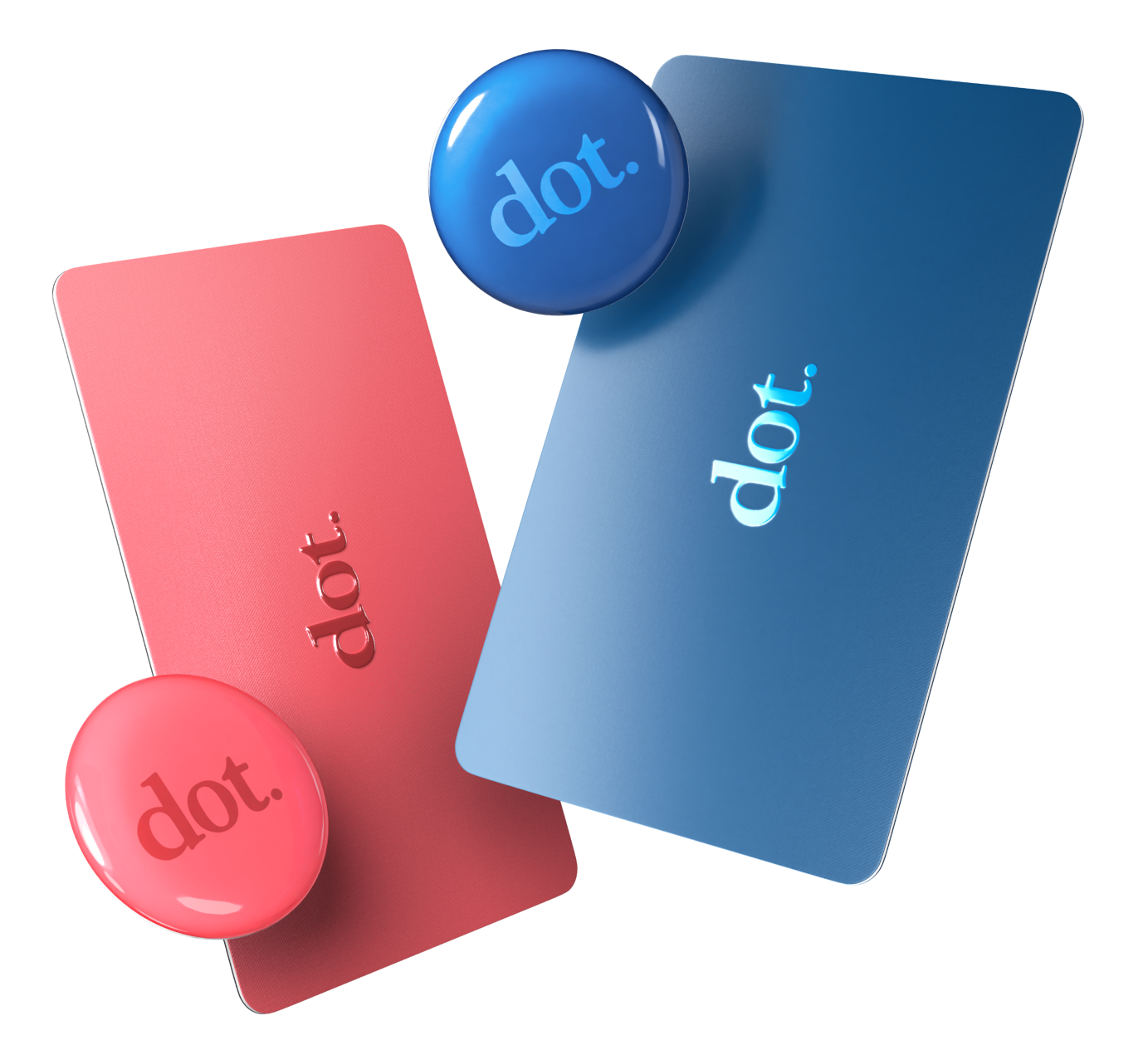Introduction:
In today's digital age, having a well-defined and effective digital marketing strategy is crucial for businesses to thrive and reach their target audience. Developing a successful strategy requires careful planning, research, and a deep understanding of your business goals. In this blog post, we will guide you through the key steps involved in creating an effective digital marketing strategy that can help drive your business forward.
1. Define Your Business Goals:
To create an effective digital marketing strategy, it is critical to define your business goals. This step will help you to identify the appropriate metrics for evaluating the success of your strategy. You should start by asking yourself what you would like to accomplish with your digital marketing efforts. Some common business goals include:
- Increasing brand awareness
- Generating leads
- Driving website traffic
- Boosting sales
- Increasing customer retention
It is essential to set specific and measurable goals to create a focused strategy that aligns with your business objectives. For example, a specific goal could be to increase website traffic by 30% over the next six months.
2. Identify Your Target Audience:
The success of your digital marketing strategy relies heavily on your ability to identify and understand your target audience. You should conduct market research to identify their demographics, preferences, behaviors, and pain points. This research will help you create targeted messaging and content that resonates with your ideal customers.
To start, you can collect data from various sources such as social media analytics, website analytics, customer surveys, and competitor analysis. You can then create customer personas that represent the key segments of your target audience. These personas should include essential information such as age, income, education level, interests, goals, challenges, buying habits, and preferred social media platforms.
3. Analyze Your Competitors:
Analyzing your competitors can provide valuable insights for your digital marketing strategy. You want to know what they are doing well and where there are gaps in the market. Start by identifying your main competitors and analyzing their online presence, content strategy, social media engagement, and keyword rankings.
Using tools such as SEMRush, Ahrefs, and Google Analytics can be helpful in this process. Additionally, analyze their website structure, user experience, and visual design. Use this information to differentiate your business from the competition and create unique value propositions to attract your target audience.
4. Craft a Content Plan:
Developing a content plan is essential for creating an effective digital marketing strategy. Content is the backbone of digital marketing because it can educate, entertain, or solve problems for your target audience.
To craft a content plan, start by defining your target audience and their pain points. Identify topics that will resonate with your audience and create a content calendar that includes a mix of blog posts, videos, infographics, and other valuable content. Make sure to use SEO best practices to optimize your content for search engines and enhance its discoverability.
5. Choose the Right Digital Channels:
Choosing the right digital channels is critical for reaching and engaging your target audience. You want to choose the platforms where your audience spends their time and engages with content.
Start by identifying the most relevant social media platforms such as Facebook, LinkedIn, Twitter, Instagram, or Pinterest. Depending on your business, additional channels may include email marketing, SEO, paid advertising, or video marketing.
6. Implement SEO Techniques:
Search engine optimization (SEO) is critical for driving organic traffic to your website. SEO involves optimizing your website, landing pages, and content with relevant keywords and phrases that align with your business and target audience.
Start by conducting keyword research to identify relevant phrases that your target audience is searching for online. Use these keywords to optimize your website and content to improve your search engine rankings. Ensure that your website is easy to navigate and user-friendly, with appropriate headers, title tags, and meta descriptions.
7. Utilize Email Marketing:
Email marketing is a powerful tool for nurturing leads and building customer relationships. It is essential to develop an email marketing strategy that includes personalized and segmented campaigns to deliver tailored content to your audience. Use enticing subject lines, compelling content, and clear call-to-action buttons to encourage engagement and conversions.
Make sure to use a reputable email marketing service such as MailChimp, ConvertKit, or Constant Contact for effective email campaigns. Additionally, ensure that your emails are mobile-friendly and comply with CAN-SPAM regulations.
8. Monitor, Measure, and Adapt:
Continuous monitoring, measurement, and adaptation are essential for digital marketing success. You want to track key metrics such as website traffic, conversion rates, social media engagement, and email open rates.
Analyze the data to gain insights into what is working and what needs improvement. Use this information to refine and adapt your strategy over time for optimal results. Stay up-to-date with evolving trends and customer preferences to fine-tune your digital marketing approach for continued success.
Conclusion:
Developing an effective digital marketing strategy requires careful planning, research, and ongoing analysis. Start by defining your business goals, identifying your target audience, and analyzing your competitors. Craft a content plan, choose the right digital channels, and implement SEO techniques and email marketing campaigns. Monitor, measure, and adapt your strategy over time for optimal results. With a solid digital marketing strategy in place, you'll be on your way to achieving your business objectives and staying ahead in the competitive online landscape.

